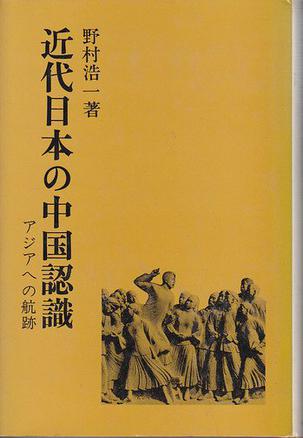Secrets Of The Temple William Greider Pdf
SECRETS OF THE TEMPLE: How the Federal Reserve Runs the Country. By William Greider. Simon & Schuster. $24.95.THE prospect of reading an 800-page book on the Federal Reserve System may very well not appeal to you particularly.
That is exactly why you should keep on reading this review and then go out and get yourself a copy of William Greider's 'Secrets of the Temple: How the Federal Reserve Runs the Country.' 'For it is one of the author's main points that most of us haven't the foggiest notion of what goes on inside the institution that determines how much money will be available to the American economy and what level of interest rates will be charged to make use of that money, and that many of us who do understand think the Federal Reserve System's activities are 'mechanical and nonpolitical, unaffected by the self-interested pressures of competing economic groups.' 'But according to Mr. Greider, the Fed is 'not simply a group of neutral technocrats exercising its best expertise on money and banking.'
' It is 'also a political institution, a distinct power center within the Government, defending its own prerogatives and reacting to the political currents surrounding it.' ' Yet oddly, this most political of institutions is 'deliberately set outside the electoral process' and is 'insulated from the control of mere politicians.'
' The people who influence it most and gain from its decisions are simply those who understand how it works and affects their lives and fortunes. To illustrate these points, Mr. Greider - who is a political reporter for Rolling Stone, a former assistant managing editor for national affairs at The Washington Post, and the author of 'The Education of David Stockman and Other Americans' -traces exhaustively the history of the Fed since it was formed in 1913.

He begins in 1979 with President Carter's appointment of the powerful Paul Volcker to the chairmanship of the Fed, and Mr. Volcker's subsequent efforts to put an end to the economy's double-digit rate of inflation.He next takes a series of backward leaps through American history.
First he explores the recent past and analyzes how we came to have that double-digit inflation. Then he goes back to the 19th century, to a time when certain Texas farmers who understood the effect of monetary policy on their lives formed the Populist Movement, whose demands for 'easier' credit and a new national currency system led eventually to the compromise with Wall Street that produced the Federal Reserve System.Then he works his way forward examining the conduct of the Fed during the booming 20's, the Wall Street crash of 1929, the Great Depression, the New Deal and the postwar era of prosperity. Finally, he returns to Paul Volcker and shows how almost singlehandedly he not only effected a redistribution of American wealth but also did so in a way that was diametrically opposed to the Populist dream.Such a back-and-forth approach necessarily involves some repetition, and the panoramic sweep of Mr. Greider's prose is not conducive to brevity.
So his book is perhaps somewhat longer than it need have been. But the overriding point of 'Secrets of the Temple' is that it reveals where the action really has been. We may have thought it was the Reagan Administration's fiscal policies that squeezed inflation out of the economy at the cost of a two-year recession during the early 1980's. But according to Mr.

Dr William Greider
Greider, it was actually the doing of Mr. Volcker, who worked at odds with the White House and had an uncanny power to cloud men's minds.We may have thought that the stock market erupted spontaneously in August 1982, setting forth on its five-year journey to a Dow Jones average of 2700. But it was really Mr. Volcker's doing, says the author, and the chairman's belated decision to ease the money supply.The only flaw in Mr. Greider's crusade to throw wide the doors of the temple is that despite his insistence on demystification he neglects to explain how the average, ignorant person might learn to read the smoke signals of the Fed's activities. I mean the simple, practical matter of how the Fed conveys its monetary decisions to the outside world, and the financial page statistics one might look for.But Mr.
Greider has given us a remarkable piece of reporting. The least we can do in return is to renounce our passivity and learn to pay attention to what is happening behind the doors of the temple. As he writes in his penultimate paragraph: 'If the secrets of the temple were revealed, the money mystery would dissolve and people would have to look upon these things directly. Taboos uncoded lost their power to persuade. Americans would see the full terms that bound them together as a society, the deals that were made in their name and the harsh rituals. They would stand before the awesome authority to which free citizens deferred.
They would know at last what it was they really believed in.'
William Greider’s groundbreaking bestseller reveals how the mighty and mysterious Federal Reserve operates—and manipulates and the world’s economy.This ground-breaking best-seller reveals for the first time how the mighty and mysterious Federal Reserve operates—and how it manipulated and transformed both the American economy and the world's during the last eight crucial years. Based on extensive interviews with all the major players, Secrets of the Temple takes us inside the government institution that is in some ways more secretive than the CIA and more powerful than the President or Congress.